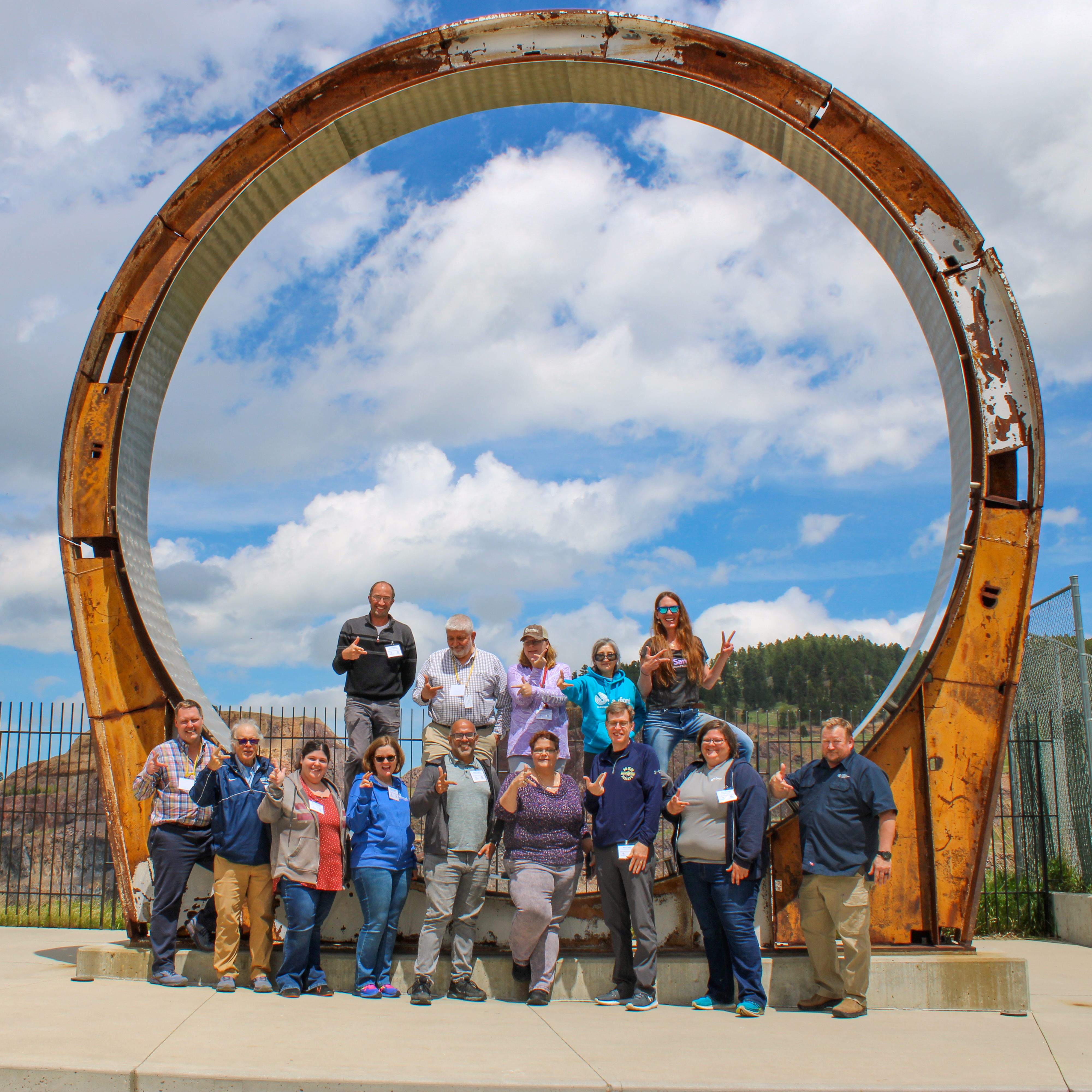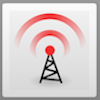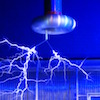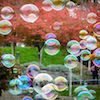Friday Flyer - June 7, 2024

Spotlight on Summer 2024
A whole bunch is happening this summer in QuarkNet. Summer is, of course, our most intense season. We expect up to thirty different QuarkNet center meetings and workshops with about half incorporating National Workshops from QuarkNet central. New offerings on that front are our Special Relativity and Quantum Data workshops, designed to give teachers refreshers on these two pillars of particle physics, as well as indicate some ways to incorporate them into the classroom.
In addition, we have eight teachers going to CERN summer programs, about twenty going to Data Camp and even more participating in Coding Camps. Eleven teachers just completed Lead Teacher Camp at Sanford Lab in South Dakota, including a visit to the Lux-Zeplin dark matter detector deep in Homestake Mine. On top of that, fifty teachers will participate in Summer Session for Teachers to learn ins and outs of particle physics with USNA physicist Allison Hall.
Another thing about this summer: you might be noticing the changed look of the Friday Flyer and the rest of our site. Well, we have a new quarknet.org with upgraded tools and that fresh, new website smell. Poke around and kick the tires: we think you will like it.

Mine solar neutrino detection tank at the Sanford Lab Visitor Center

News from QuarkNet Central
About the new website: There is a login issue you should be aware of. Our old site allowed users to login using their email address as their username, while the new site does not. If you're in the habit of using your email as a login, please be aware that you'll need to switch to using your standard username. If you need help, contact Shane or Ken.
Center Mentors and Lead Teachers: The school year is over or nearly over across the United States. It is helpful, if you have not already done so, to put center summer plans in place and share them with teachers as soon as possible. If you need help planning, be sure to contact your staff member, and keep in mind that QuarkNet offers several workshops that can be led by staff or fellows at your center.
News from Newport News: If you happen to be within striking distance of Southeast Virginia tomorrow, consider the Jefferson Lab Open House. Jefferson Lab is home to a 12 GeV electron accelerator complex and does world-class nuclear physics research. (H/T Josh Erlich.)
ATLAS and CMS together: The LHC is in a technical stop and the ATLAS and CMS experiments plan to use it as an opportunity for a joint open Virtual Visit. It will be open to all and streamed live on both the ATLAS and CMS YouTube channels this coming Tuesday, June 11, at 5 pm CERN time, or 10 am U.S. Central Time. If all goes as planned, it will include visits underground to both detectors.
Perimeter Institute Summer Courses: They have several coming up: take a look.
Sadly: Vasken Hagopian, Florida State particle physicist, has passed away. He made a difference to a number of physics teachers, including our own Adam LaMee, who wrote, "Vasken was the best of supporters of high school teachers. He really valued the transformative experience of sending teachers to work on hardware at CERN...there are quite a few Physics PhDs, several in high energy, who came from those high school teachers' classrooms because of those experiences."
Save the dates: Plans are already underway for opportunities in the coming school year. What's coming? Well, World Wide Data Day 2024 is set for November 14. International Cosmic Day follows soon after - just before Thanksgiving - on November 26. And, looking further ahead, the Kavli Institute for Theoretical Physics Teacher Conference in Santa Barbara will take place on February 8, 2025.

Physics Experiment Roundup
We start with some QuarkNet experimental work. As you may recall, a large Coronal Mass Ejection (CME) event reached the Earth May 11-12, and led to beautiful auroras. QuarkNet has also observed a decrease in the cosmic ray muon rate presumably due to modification of the Earth’s magnetic field. If you had a QuarkNet cosmic ray detector in operation during the time of the CME, we invite you to form a collaboration to gather all results into a report. Contact Mark (see below) if you are interested. The group can meet over zoom to discuss a consistent analysis process and where to publish the results.
In addition, participants in Lead Teacher Camp experimented with Cosmic Watch small cosmic ray detectors 4850 ft. below the surface in the Homestake Mine. While they saw singles, which we think are from background, they saw just about no coincidences - not surprising! They then kept one set active on the lift back up the shaft. Watch the video from 1750 ft. up and take your own measurements if you can! (H/T and thanks to Ben Cole.)
We have plenty from CERN Bulletin. For example, the LHC is already 20% through the current run, with a technical stop about right now (see above). Also, CMS is using AI to hunt dark matter and has released more Higgs data to the public. LHC also has some new smaller experiments: FASER and FORMOSA. At CERN beyond the LHC, MoEDAL is narrowing the range to find a magnetic monopole while MADMAX searches for elusive particles called axions.
To round off the roundup, Physics Magazine reports on a different CERN dark matter search with the charming title NA64.

Resources
Clara Nellist has a nice Perimeter Institute video, From Hydrogen to Higgs Bosons: Particle Physics at the Large Hadron Collider at CERN. It is a bit long: just right for two class periods, including discussion. Kirsty Duffy has a shorter Even Bananas video that asks, "Can neutrinos escape a black hole?" Interesting question; nice graphics.
CERN Bulletin continues is CERN 70 series with An electronic revolution on Georges Charpak's introduction of proportional counters to particle physics.
We are all hearing about Artificial Intelligence and its implications. Questions abound. To help, Symmetry has a guide to AI ethics.

Just for Fun
Summer is upon us. That means we are entering the heart of baseball season: long summer evenings that let the innings stretch on as pitchers stare down batters, short stops turn amazing pirouettes, and a center fielder just might demonstrate a perfect projectile for a play at the plate. With that in mind, let's clear the bases with science, recalling that Northern Illinois QuarkNet mentor Jared Adelman has some nice short videos on the physics of the beautiful game:
- Understanding the Physics of Baseball
- Physics of Baseball: Curve balls
- Physics of Baseball: Momentum from outfield to infield
- Physics of Baseball: The bat's sweet spot.
From XKCD: a classic plot (and true, too), organelles for cell, and something to think about this summer, especially if you are in the Virtual Center.
Not for fun, but matters: Yesterday was the 80th anniversary of D-Day. It is worth a thought.
This is the last scheduled Friday Flyer before the 2024-2025 academic year. Have a great summer!
QuarkNet Staff
Mark Adams: adams@fnal.gov
Ken Cecire: kcecire@nd.edu
Spencer Pasero: spasero@fnal.gov
Shane Wood: swood5@nd.edu
